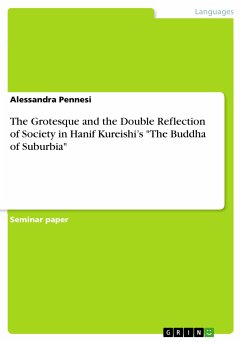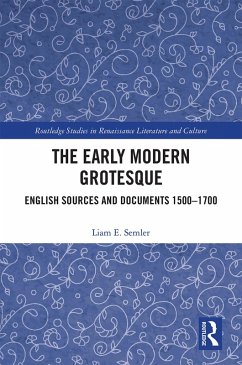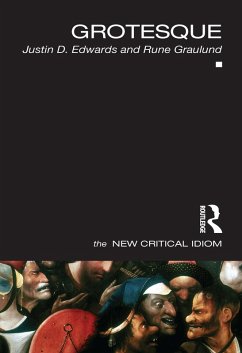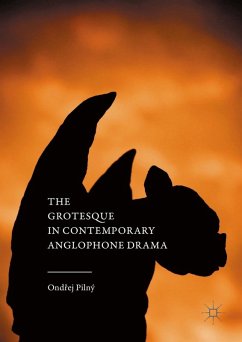
The Grotesque and the Double Reflection of Society in Hanif Kureishi's "The Buddha of Suburbia" (eBook, PDF)
Sofort per Download lieferbar
Statt: 17,95 €**
13,99 €
inkl. MwSt. und vom Verlag festgesetzt.
**Preis der gedruckten Ausgabe (Broschiertes Buch)
Alle Infos zum eBook verschenkenWeitere Ausgaben:

PAYBACK Punkte
0 °P sammeln!
Seminar paper from the year 2018 in the subject Literature - General, grade: 1, University of Bamberg, course: Postcolonial Literature, language: English, abstract: With the use of the word "grotesque" a whole range of different meanings is called into question. The cultural history of this word has crossed centuries, adopting for each epoch a different nuance of significance, so that it is virtually impossible to establish fixed, universal attributes to it. The very first examples of grotesques were the "bizarre wall paintings" found in Nero's Domus Aurea, which represented "elaborate knots a...
Seminar paper from the year 2018 in the subject Literature - General, grade: 1, University of Bamberg, course: Postcolonial Literature, language: English, abstract: With the use of the word "grotesque" a whole range of different meanings is called into question. The cultural history of this word has crossed centuries, adopting for each epoch a different nuance of significance, so that it is virtually impossible to establish fixed, universal attributes to it. The very first examples of grotesques were the "bizarre wall paintings" found in Nero's Domus Aurea, which represented "elaborate knots and festoons of floral decoration" and "designs oddly transforming into snakes, satyrs [and] mythological animals" (Clark). The essence of this art was later developed according to different interpretations, being associated to caricature and caprices in the seventeenth century and to horror and repulsion in the nineteenth century (Connelly). It is therefore important to consider that the grotesque is to be understood primarily as a cultural and social phenomenon, constantly changeable and subjected to the spirit of the times.
Dieser Download kann aus rechtlichen Gründen nur mit Rechnungsadresse in A, B, BG, CY, CZ, D, DK, EW, E, FIN, F, GR, HR, H, IRL, I, LT, L, LR, M, NL, PL, P, R, S, SLO, SK ausgeliefert werden.













